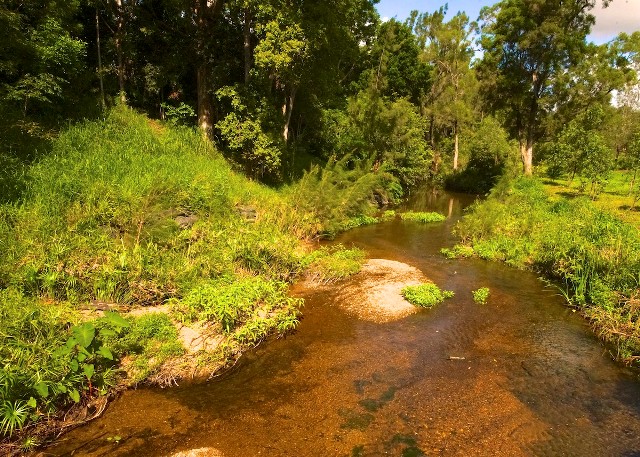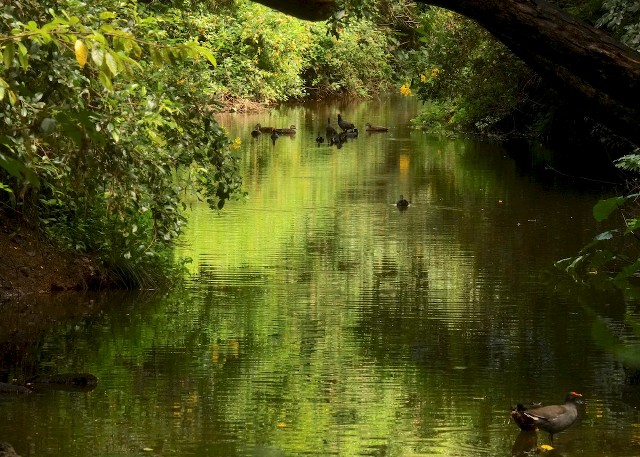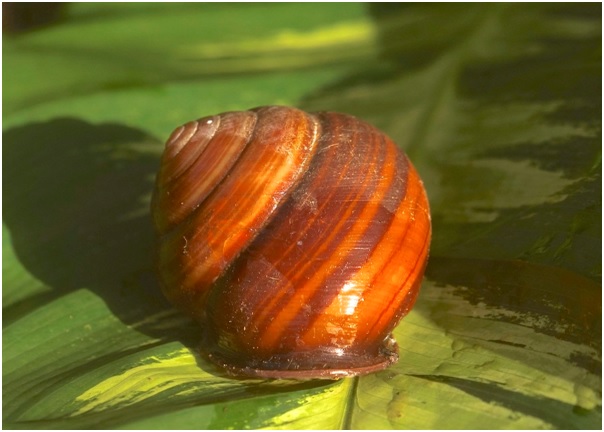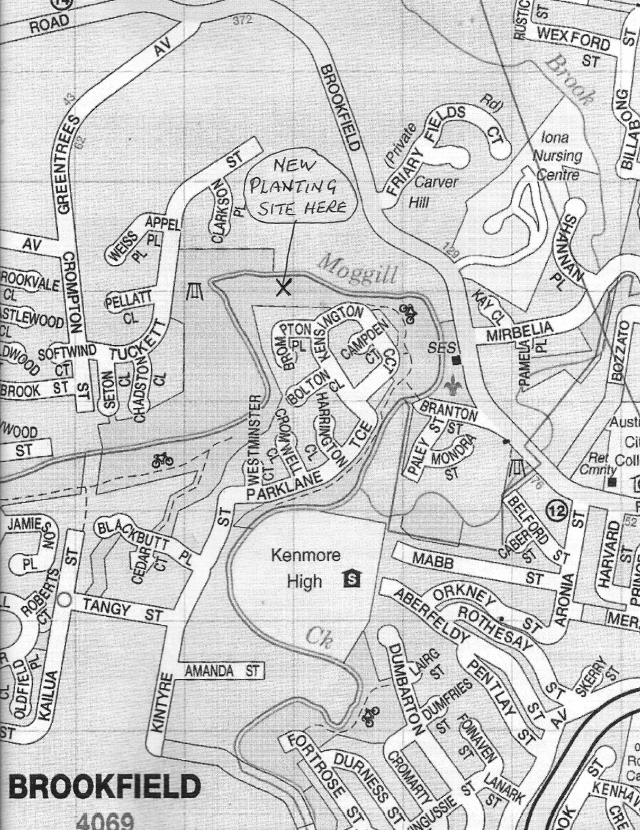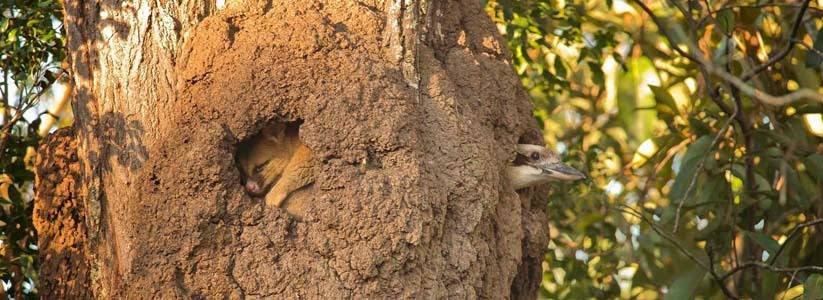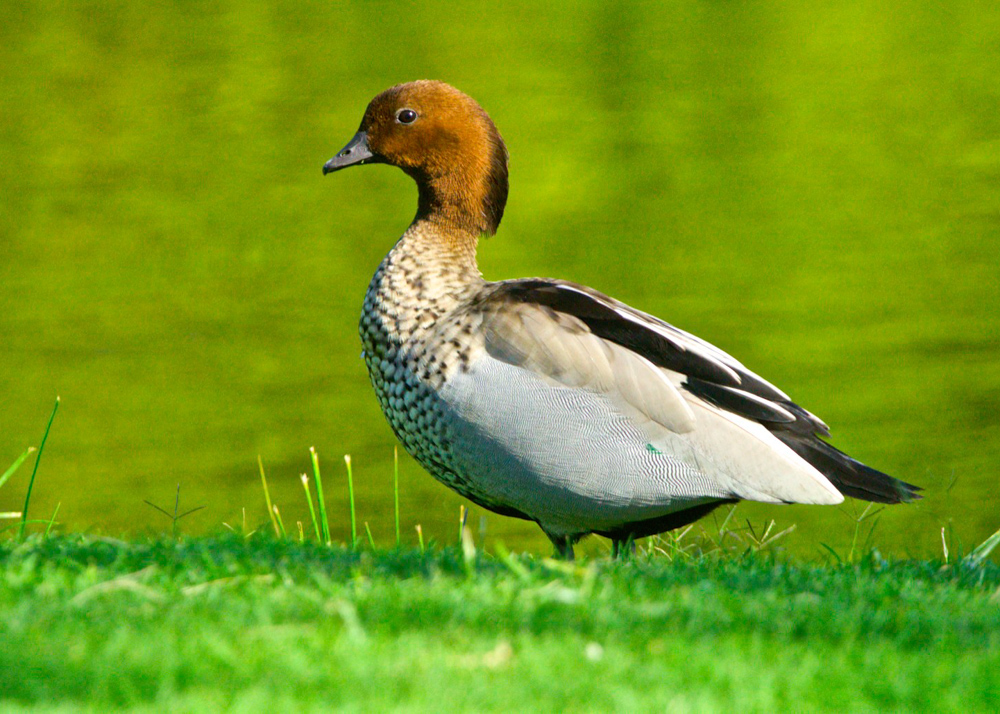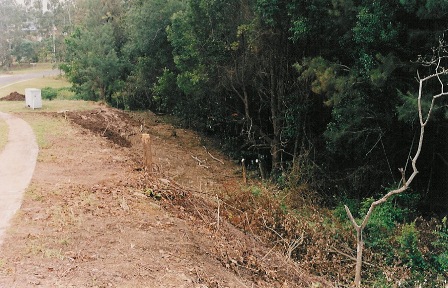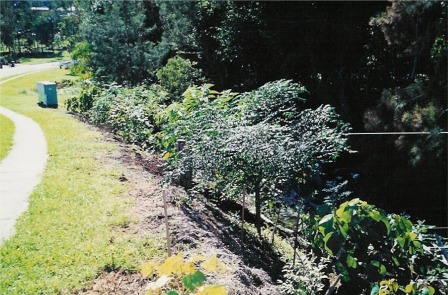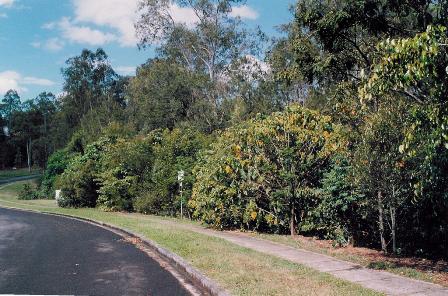The sight of a Pacific Black Duck inverted in the water with its legs in the air while it feeds is absolutely guaranteed to bring a smile!
This little duck will be familiar to us all, as they are widespread throughout the Catchment. In fact, they are most common duck species in Australia, and are also found in New Zealand, Papua New Guinea and parts of Indonesia.
Jim Butler brings us all the facts about these endearing water birds In our latest Feather Fascination.
Click here to learn more!
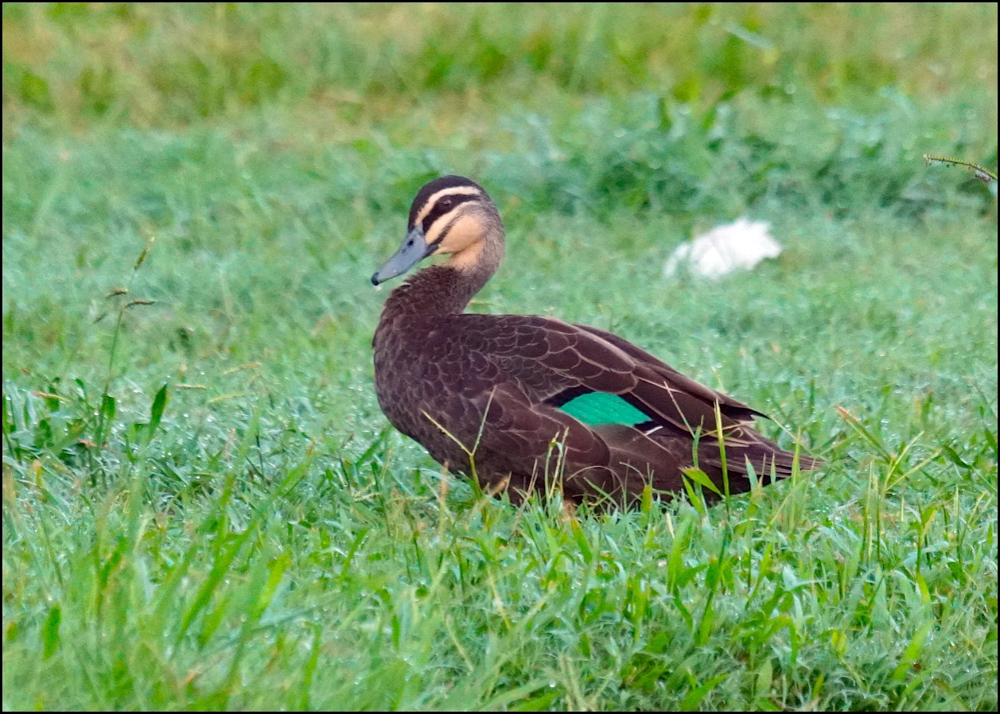
Photo courtesy of Ed Frazer

